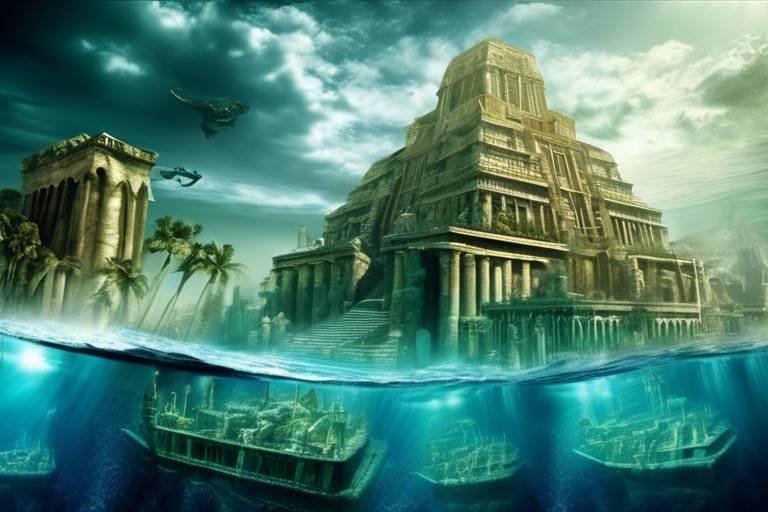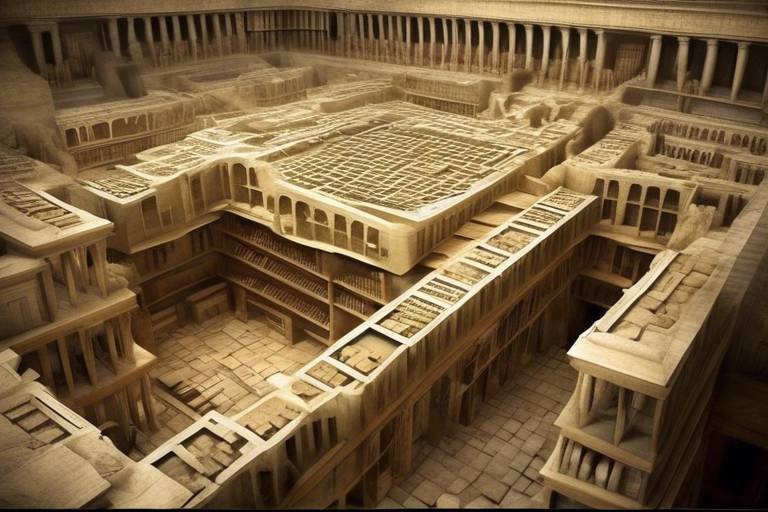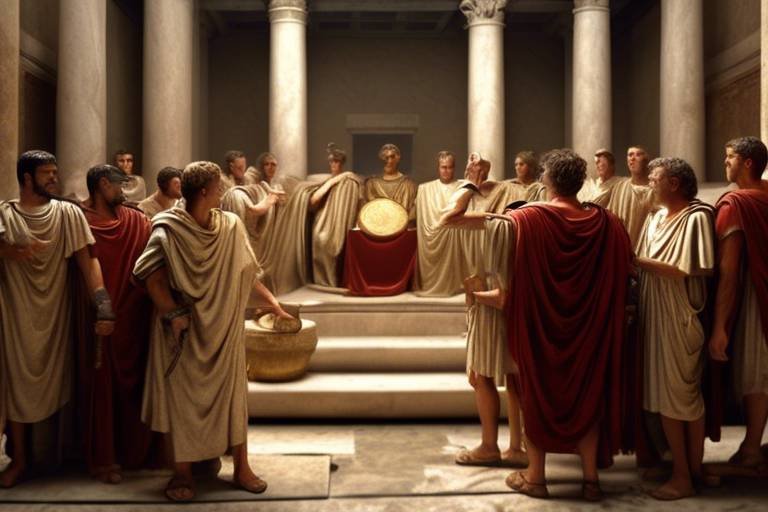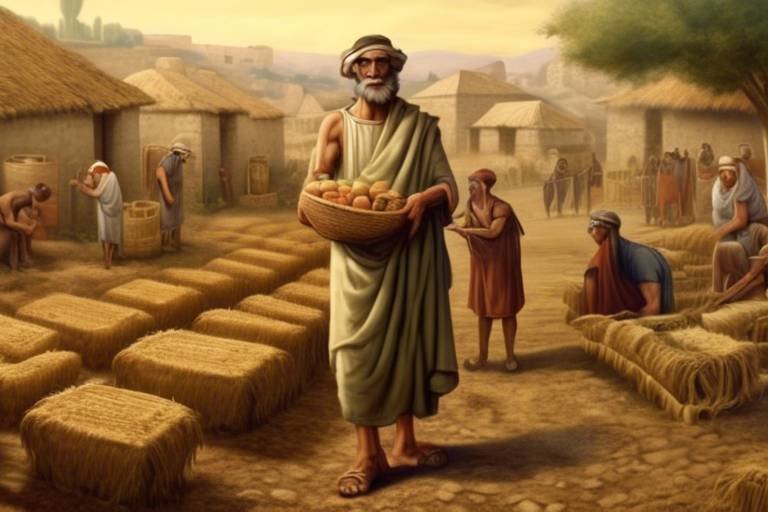The Mystery of the Ancient Native American Sacred Sites
Native American sacred sites hold a profound mystery that transcends time and space, captivating the imagination of archaeologists, historians, and spiritual seekers alike. These ancient sites, scattered across the North American landscape, stand as testaments to the ingenuity and spiritual depth of the indigenous peoples who once inhabited these lands. From the towering cliff dwellings of Mesa Verde to the sprawling urban center of Cahokia, each site whispers secrets of a bygone era, inviting us to unravel their enigmatic past.
Chaco Canyon, nestled in the rugged terrain of New Mexico, beckons with its astronomical enigma. The intricate celestial alignments of this UNESCO World Heritage Site hint at a sophisticated understanding of the cosmos by its ancient builders. How did they align their structures with such precision to track the movements of the stars and planets? What spiritual significance did these celestial observations hold for the people of Chaco Canyon?
Serpent Mound, a mysterious earthwork in Ohio, coils like a slumbering giant, its purpose shrouded in speculation. Was it a ceremonial site, a marker of celestial events, or a symbol of spiritual significance? Theories abound, weaving a tapestry of intrigue around this enigmatic effigy mound. What messages did the ancient builders embed in its serpentine form, and what secrets does it guard beneath its earthen coils?
Cahokia Mounds rise like ancient sentinels in the heart of Illinois, once a bustling metropolis teeming with life and ritual. The City of the Sun, as it was known, holds within its earthen mounds the echoes of a vibrant civilization now lost to time. What rituals and ceremonies unfolded within the walls of Cahokia, and what forces led to the eventual decline of this pre-Columbian powerhouse?
Effigy Mounds scattered throughout the Midwest offer a glimpse into the artistic and spiritual world of the ancient Native Americans. Shaped like animals and other figures, these earthen works speak of a deep connection to the land and its inhabitants. What stories do these animal-shaped mounds tell, and what beliefs guided their construction?
Teotihuacan, the Pyramid City of the Gods in Mexico, stands as a testament to the grandeur and mystery of ancient Mesoamerican civilizations. Its monumental pyramids and meticulously planned layout hint at a society steeped in religious symbolism and urban planning. Who were the architects of Teotihuacan, and what drove them to create such awe-inspiring structures?
Bandelier National Monument in New Mexico offers a window into the daily lives and beliefs of the Ancestral Puebloan people. The cliff dwellings and petroglyphs scattered throughout the monument paint a vivid picture of a society deeply connected to the natural world. What insights do these ruins provide into the spiritual practices and social dynamics of the Ancestral Puebloans?
The Great Serpent Mound of Ohio, a massive earthwork effigy resembling a serpent, hints at a cosmic connection that transcends time and space. Stretching over 1,300 feet, this ancient mound raises questions about its astronomical alignments and symbolic significance. What role did the Great Serpent Mound play in the spiritual beliefs of its creators, and what mysteries does it hold for modern-day explorers?
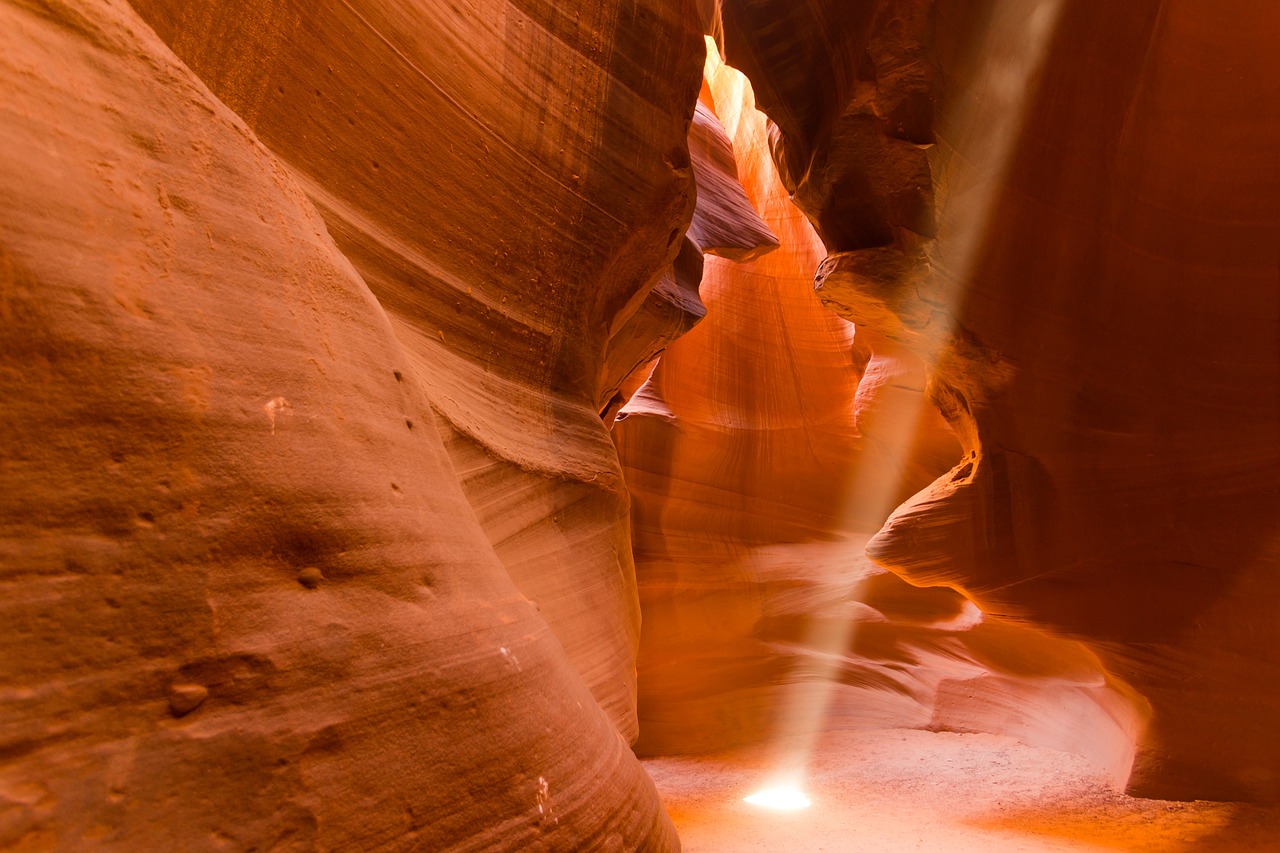
Chaco Canyon: An Astronomical Enigma
Topics related to the enigmatic and culturally significant ancient Native American sacred sites, exploring their historical, spiritual, and archaeological significance, and the ongoing mysteries and debates surrounding their construction and purpose.
Chaco Canyon, nestled in the rugged terrain of New Mexico, stands as a testament to the ancient Native American's profound understanding of astronomy and architecture. This UNESCO World Heritage Site has puzzled researchers and visitors alike with its intricate celestial alignments and monumental structures.
The Great Houses of Chaco Canyon, such as Pueblo Bonito and Chetro Ketl, were meticulously constructed with precision to align with the movements of the sun, moon, and stars. These architectural marvels served not only as dwellings but also as celestial observatories, marking significant astronomical events with remarkable accuracy.
The enigmatic layout of Chaco Canyon's buildings and roads reflects a sophisticated understanding of celestial cycles and the interconnectedness of the cosmos. The intricate network of structures hints at a complex social and religious system that revered the celestial bodies and their influence on earthly affairs.
Despite decades of research, the purpose behind Chaco Canyon's astronomical alignments remains a subject of debate among scholars. Was it a ceremonial center for observing celestial events, a trading hub, or a pilgrimage site for spiritual practices? The mysteries shrouding Chaco Canyon continue to captivate the imagination and curiosity of those who venture into its ancient embrace.
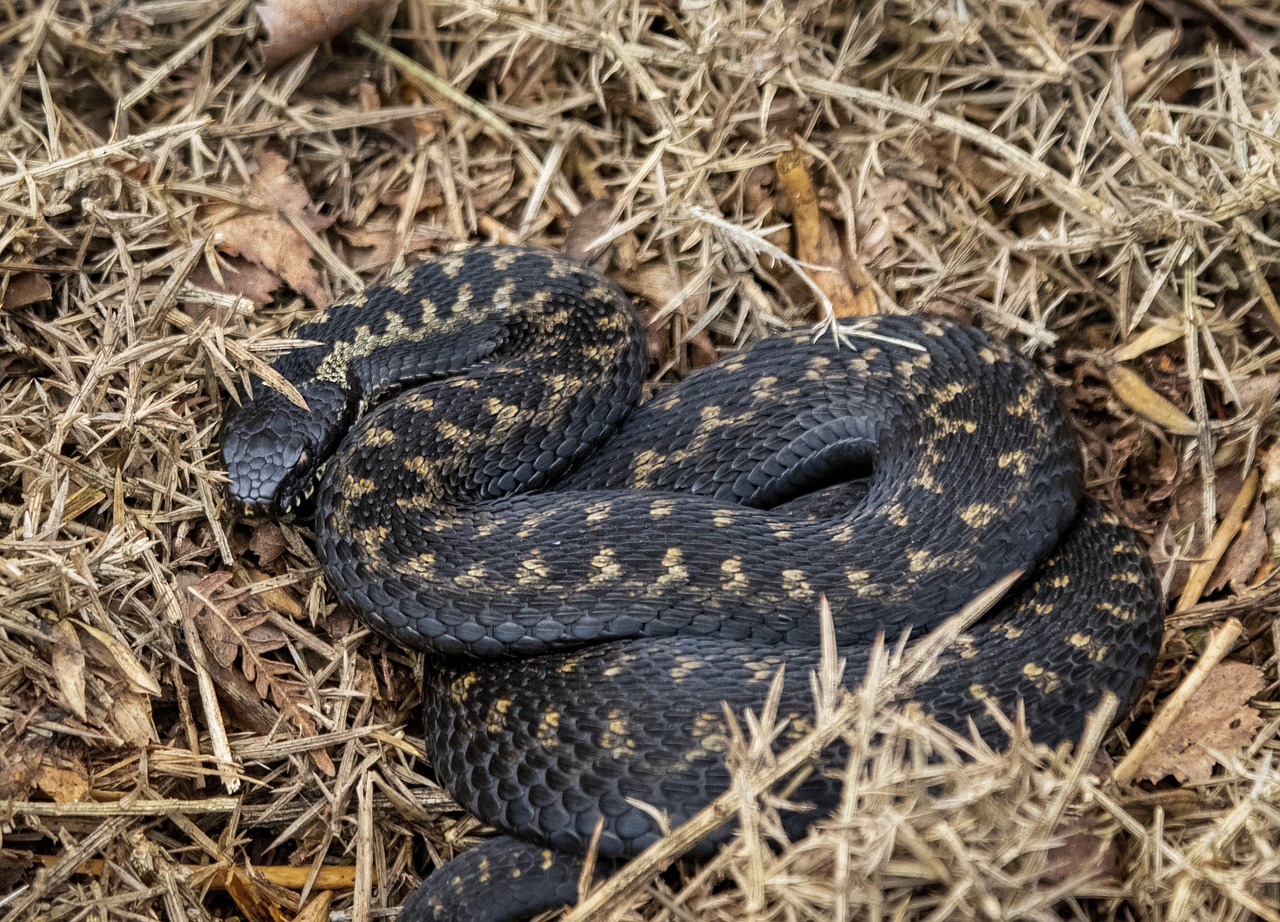
Serpent Mound: A Mysterious Earthwork
Native American sacred sites hold a profound significance in the realms of history, spirituality, and archaeology. These enigmatic sites continue to intrigue and mystify scholars and visitors alike, sparking debates and discussions about their origins and purposes. Let's embark on a journey to explore the mysteries shrouding these ancient landscapes and delve into the cultural tapestry they weave.
The Serpent Mound, nestled in the rolling hills of Ohio, stands as one of the most enigmatic earthworks in the world. This massive effigy mound, shaped like a winding serpent, captivates the imagination with its mysterious origins and symbolic significance. Archaeologists and historians have long pondered the purpose behind its construction, leading to a myriad of theories and speculations.
Some believe that the Serpent Mound served as a celestial observatory, aligning with the movements of the sun, moon, and stars. Others suggest that it held ritualistic or spiritual importance, possibly linked to ancient cosmologies and beliefs. The intricate design of the mound, stretching over 1,300 feet, hints at a deep understanding of geometry and symbolism among its creators.
As visitors meander along the serpent's coils, they are transported back in time to an era where the earth itself was a canvas for sacred expressions. The Serpent Mound invites contemplation and wonder, inviting us to ponder the mysteries of the past and the enduring legacy of the ancient peoples who sculpted this enigmatic earthwork.
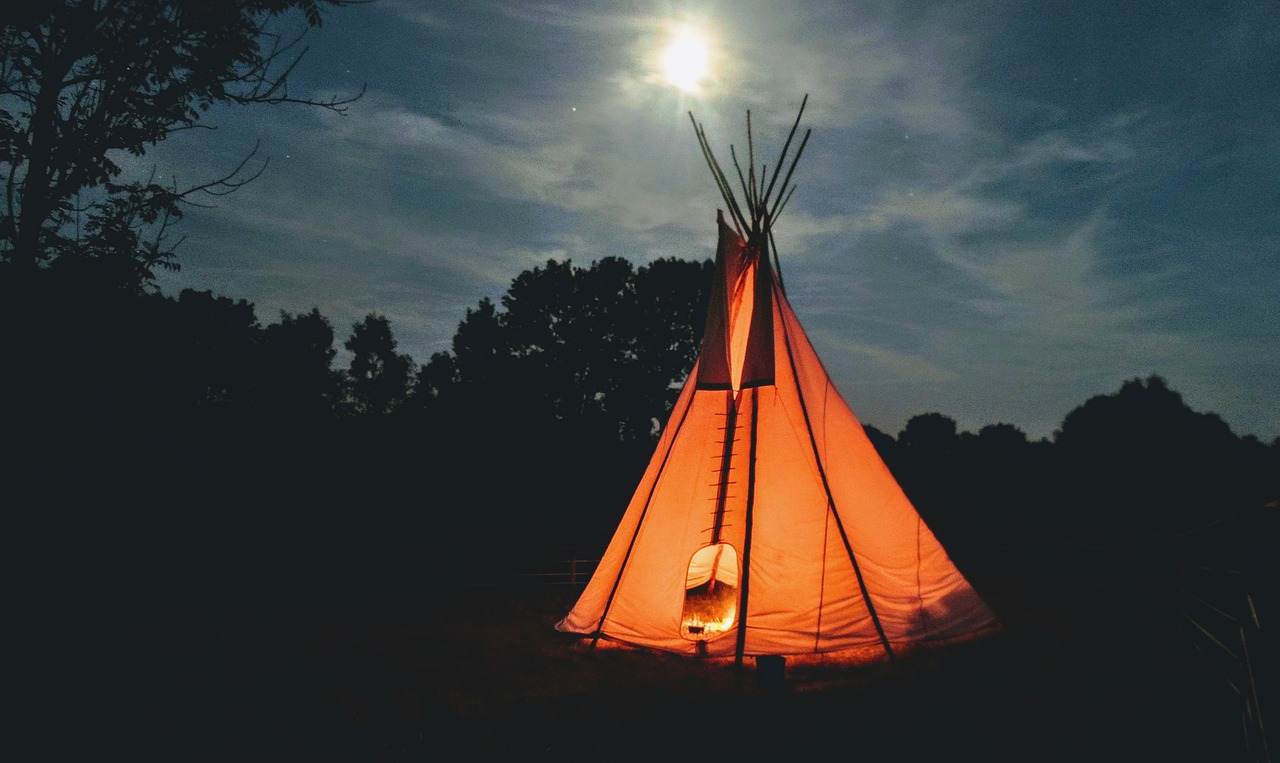
Cahokia Mounds: The City of the Sun
Cahokia Mounds, also known as the City of the Sun, stands as a testament to the advanced civilization that once thrived in the heart of present-day Illinois. This ancient urban center, designated as a UNESCO World Heritage Site, was the largest pre-Columbian settlement north of Mexico, boasting a population that rivaled that of medieval London. The mysteries surrounding Cahokia Mounds continue to intrigue archaeologists, historians, and spiritual seekers alike.
At the core of Cahokia's enigma lies its monumental earthen mounds, some of which reach heights comparable to the pyramids of Egypt. These mounds, meticulously constructed by the Mississippian culture between 900 and 1200 AD, served as platforms for important structures, ceremonies, and possibly even astronomical observations. The precise alignment of these mounds with celestial events hints at a sophisticated understanding of the cosmos.
One of the most iconic features of Cahokia Mounds is Monk's Mound, a massive earthen pyramid believed to have been the focal point of the ancient city. Rising to a height of nearly 100 feet, this imposing structure symbolizes the power and influence of the ruling elite who oversaw the bustling community below. The layout of Cahokia, with its grand plazas, residential areas, and specialized craft workshops, reflects a complex social organization and a thriving economy.
Despite the grandeur of Cahokia Mounds, the reasons behind the eventual decline of this once-flourishing metropolis remain shrouded in mystery. Scholars speculate about environmental factors, social unrest, or shifts in trade networks that may have contributed to the gradual abandonment of the site. The echoes of Cahokia's past glory continue to resonate through the ages, inviting us to ponder the rise and fall of civilizations and the enduring legacy of the ancient Native American cultures.

Mesa Verde: Cliff Dwellings of the Ancestral Puebloans
Exploring the cliff dwellings of Mesa Verde in Colorado is like stepping into a time machine that transports you back to the ancient world of the Ancestral Puebloans. These remarkable structures, perched on the edges of sheer cliffs, offer a glimpse into the ingenuity and resilience of this ancient civilization. The cliff dwellings of Mesa Verde are not just architectural marvels; they are windows into the daily lives, social organization, and spiritual beliefs of the Ancestral Puebloans.
The construction of these cliff dwellings, with their intricate stone masonry and strategic placement, raises intriguing questions about the technological prowess and cultural practices of the Ancestral Puebloans. How did they manage to build such complex structures in such challenging environments? What drove them to choose such inaccessible locations for their homes? These mysteries continue to puzzle archaeologists and historians, fueling ongoing debates about the motivations and methods behind the construction of Mesa Verde's cliff dwellings.
Moreover, the cliff dwellings of Mesa Verde serve as a canvas of cultural expression, adorned with intricate petroglyphs, pottery, and other artifacts that offer insights into the artistic and symbolic language of the Ancestral Puebloans. Each room, kiva, and ceremonial space within these cliff dwellings tells a story of a vibrant and sophisticated society deeply connected to the natural world and the spiritual realm.
Visiting Mesa Verde is not just a journey through time; it is a profound experience that invites contemplation and wonder. Standing amidst the ancient stone walls and looking out over the breathtaking landscape, one can't help but marvel at the ingenuity and vision of the Ancestral Puebloans. The cliff dwellings of Mesa Verde are not just archaeological sites; they are sacred spaces that resonate with the echoes of the past, inviting us to ponder the mysteries of human history and the enduring legacy of ancient civilizations.
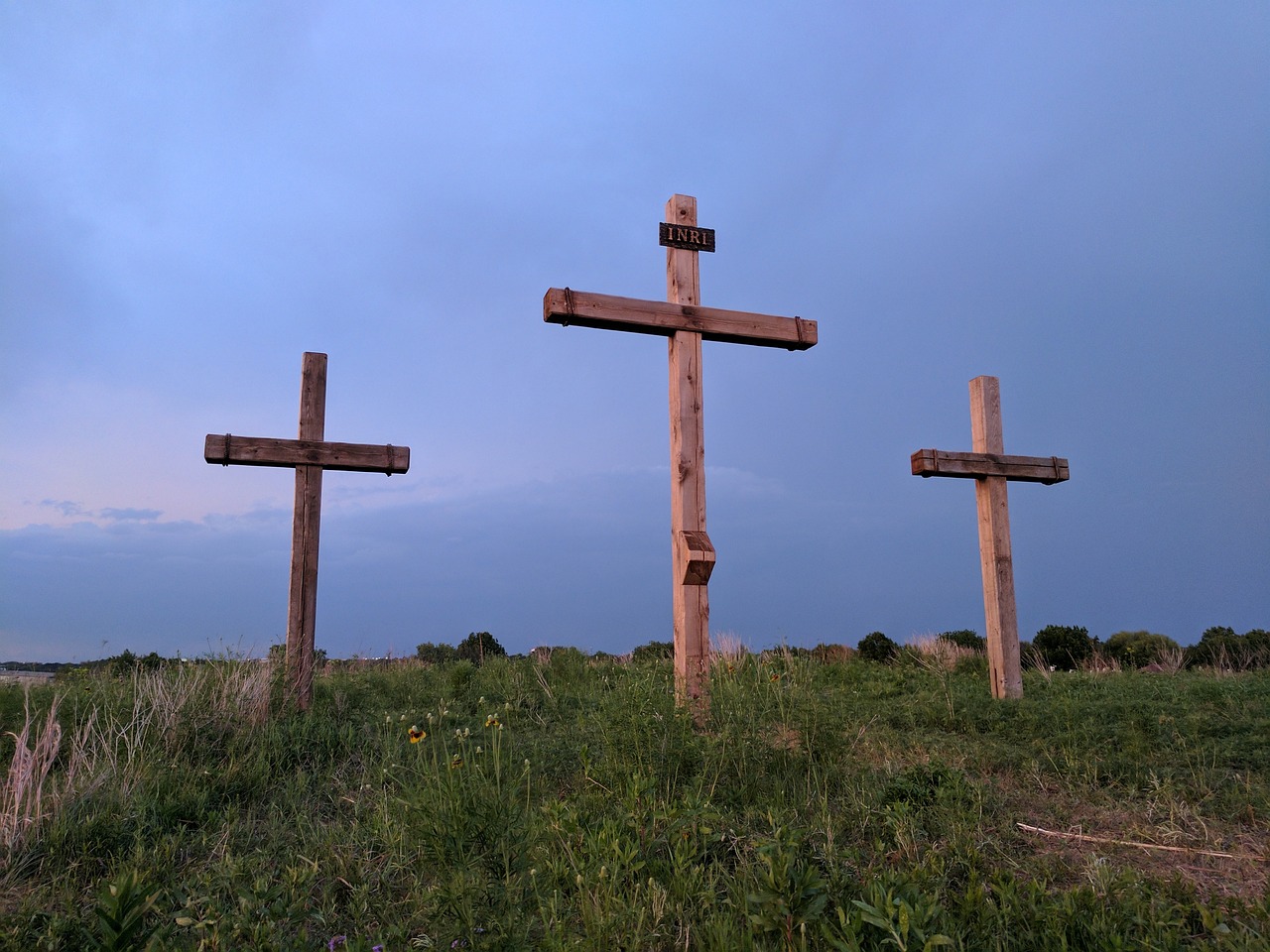
Effigy Mounds: Animal-Shaped Earthworks
Effigy mounds, ancient earthworks shaped like animals and other figures, hold a unique place in Native American history and culture. These mysterious structures, found throughout the Midwest, have puzzled archaeologists and historians for decades. The intricate designs and sheer size of these mounds suggest a deep cultural, spiritual, and artistic significance embedded in the landscape.
Constructed by various Native American cultures, the effigy mounds serve as a testament to the ingenuity and creativity of their builders. From birds to bears, these animal-shaped earthworks reflect the close connection these ancient peoples had with the natural world. The precise alignment of these mounds with celestial events further adds to their enigmatic nature, hinting at a sophisticated understanding of astronomy and cosmology.
Some researchers believe that the effigy mounds served as ceremonial and ritualistic sites, possibly linked to ancestral worship or astronomical observations. The symbolic meanings behind these animal shapes continue to spark debates and interpretations, shedding light on the spiritual beliefs and cultural practices of the Native American societies that created them.
Exploring the effigy mounds offers a glimpse into the rich tapestry of Native American heritage, where art, spirituality, and nature intertwine to create enduring symbols of the past. These ancient earthworks stand as silent witnesses to a bygone era, inviting us to unravel their mysteries and appreciate the cultural legacy they represent.
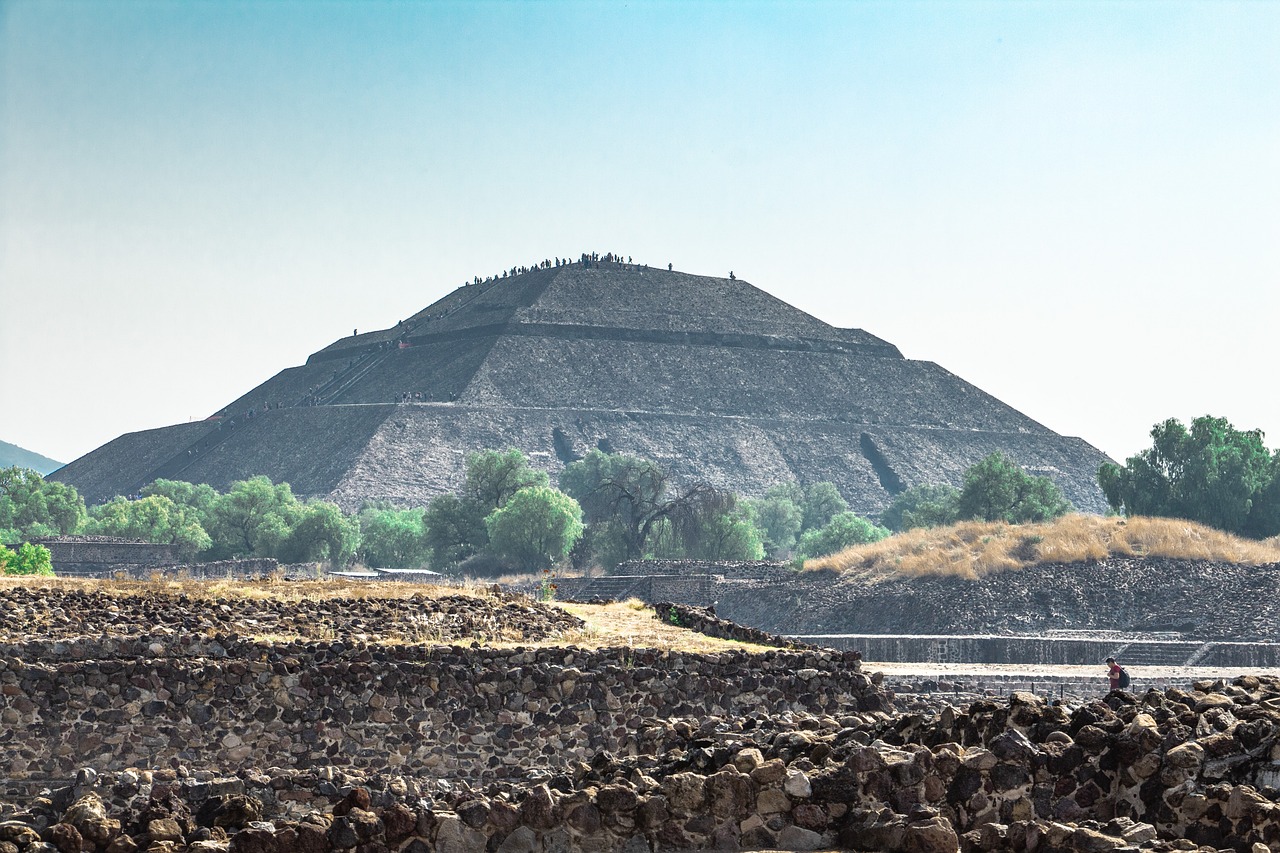
Teotihuacan: Pyramid City of the Gods
Teotihuacan, known as the Pyramid City of the Gods, stands as a testament to the ingenuity and architectural prowess of the ancient Mesoamerican civilization. Located in present-day Mexico, this vast archaeological site is shrouded in mystery and continues to captivate researchers and visitors alike with its grandeur and enigmatic history.
The focal point of Teotihuacan is its monumental pyramids, particularly the Pyramid of the Sun and the Pyramid of the Moon, which dominate the city's skyline. These imposing structures, aligned with astronomical precision, are believed to have held significant religious and ceremonial importance for the inhabitants of this ancient metropolis.
One of the enduring enigmas of Teotihuacan is the purpose behind its construction. Was it a religious center, a political capital, or a pilgrimage site? Theories abound, but the true nature of Teotihuacan's societal organization and cultural practices remains a subject of debate among archaeologists and historians.
Moreover, the layout of Teotihuacan reflects sophisticated urban planning, with wide avenues, intricate murals, and multi-story apartment complexes hinting at a complex social structure and a thriving ancient civilization. The city's symbolic significance, architectural achievements, and artistic expressions continue to intrigue experts and enthusiasts alike.
As visitors wander through the ancient ruins of Teotihuacan, they are transported back in time to an era of monumental construction, intricate craftsmanship, and spiritual reverence. The city's grandeur and mystique evoke a sense of awe and wonder, inviting contemplation of the lives and beliefs of the people who once called Teotihuacan home.
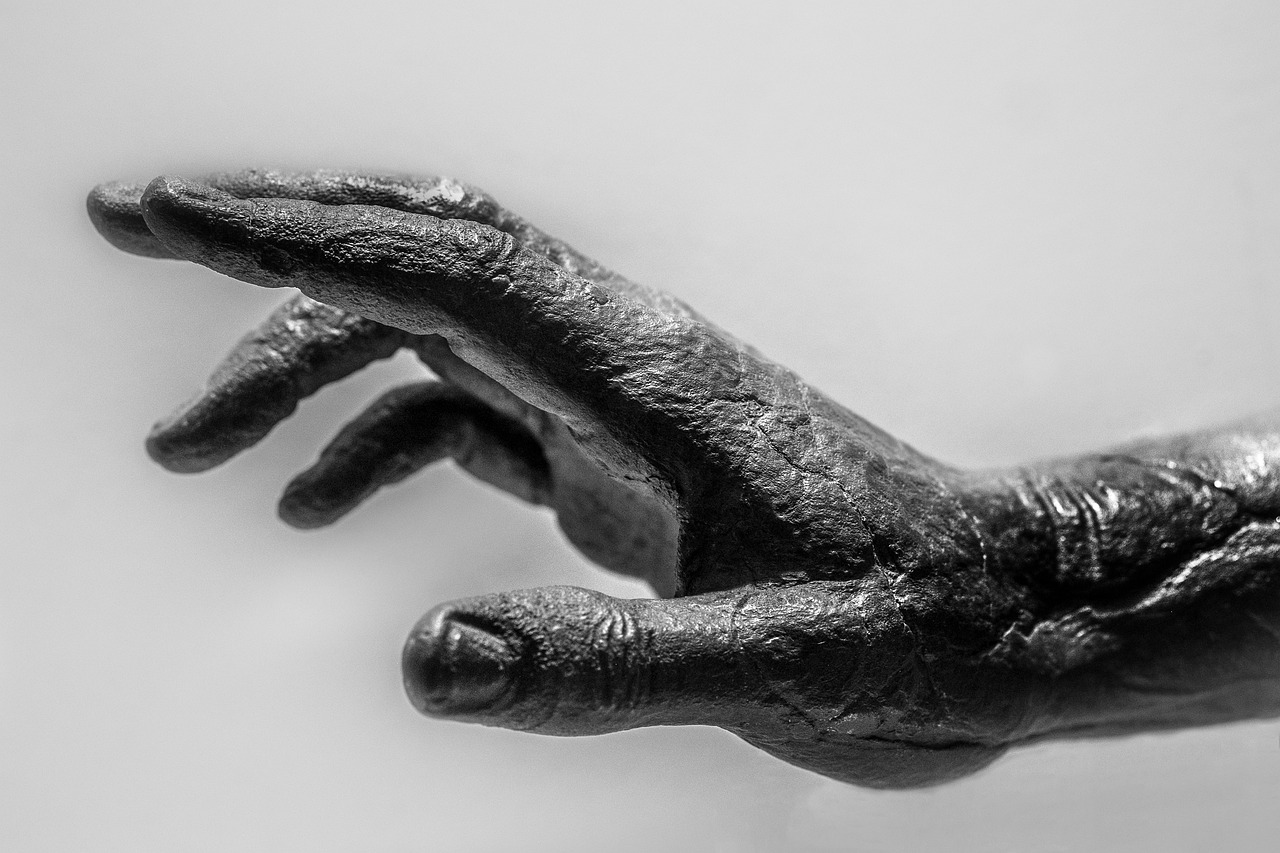
Bandelier National Monument: Ancestral Puebloan Ruins
Native American sacred sites hold a profound mystery that transcends time and space, offering a glimpse into the rich tapestry of ancient cultures. These enigmatic sites, scattered across the Americas, are not merely relics of the past but windows into a world steeped in history, spirituality, and archaeology. Let's embark on a journey to unravel the secrets of these sacred grounds, where the whispers of the ancestors echo through the ages.
Nestled in the rugged terrain of New Mexico, Bandelier National Monument stands as a testament to the ingenuity and resilience of the Ancestral Puebloan people. This archaeological marvel boasts cliff dwellings, petroglyphs, and ancient ruins that offer a glimpse into the daily lives and beliefs of a civilization lost to time.
The intricate rock carvings and architectural remnants of Bandelier National Monument paint a vivid picture of a society deeply connected to the land and the cosmos. The Ancestral Puebloans, also known as the Anasazi, left behind a legacy of intricate stone structures that continue to puzzle archaeologists and historians alike.
As you wander through the ancient ruins of Bandelier, you can't help but feel a sense of awe at the sheer magnitude of human endeavor that once thrived in these rugged cliffs. The petroglyphs etched into the rock faces whisper tales of a bygone era, where rituals, ceremonies, and daily life intertwined in a harmonious dance with nature.
The architectural prowess of the Ancestral Puebloans is on full display at Bandelier, where cliff dwellings cling precariously to the canyon walls, offering a glimpse into a civilization that thrived in harmony with the land. The ruins stand as a silent testament to a people who understood the delicate balance between human endeavor and the forces of nature.
Bandelier National Monument is not just a collection of ancient ruins; it is a living testament to the enduring spirit of the Ancestral Puebloans. As you explore the site, you can't help but wonder about the lives lived within these stone walls, the dreams that soared to the heavens from these sacred grounds, and the mysteries that still shroud this ancient civilization in an aura of enigma.

Great Serpent Mound of Ohio: A Cosmic Connection
The Great Serpent Mound in Ohio is a remarkable earthwork effigy that stretches 1,348 feet, depicting a serpent winding through the landscape with its undulating form. This ancient site has captivated researchers and visitors alike, sparking numerous theories about its purpose and significance. One of the most intriguing aspects of the Great Serpent Mound is its potential cosmic connection, with some suggesting that the serpent's coils align with celestial bodies or significant astronomical events.
Archaeologists and historians continue to debate the precise meaning behind the Great Serpent Mound, with some proposing that it served as a ceremonial site linked to celestial observations or as a symbolic representation of the cosmos. The intricate design of the serpent, with its precise curves and coils, hints at a deeper understanding of astronomy and cosmology among the ancient peoples who created it.
Visitors to the Great Serpent Mound are often struck by the sense of mystery and wonder that surrounds this enigmatic earthwork. Standing on the observation tower overlooking the serpent's form, one can't help but ponder the ancient minds that conceived of such a grand and intricate design. The landscape itself seems to echo with the whispers of the past, inviting contemplation and reflection on the interconnectedness of humanity and the cosmos.
As the sun sets over the Great Serpent Mound, casting long shadows across its sinuous body, the site takes on a mystical aura, evoking a sense of timelessness and cosmic harmony. The alignment of the serpent with the movements of the heavens suggests a profound relationship between the ancient builders of the mound and the celestial forces that govern our world.
Whether viewed as a symbol of cosmic connection, a marker of celestial events, or a sacred site imbued with spiritual significance, the Great Serpent Mound continues to intrigue and inspire all who encounter its ancient mysteries. Its legacy endures as a testament to the ingenuity and wisdom of the Native American cultures that flourished in the Ohio Valley thousands of years ago.
Frequently Asked Questions
- What is the significance of Chaco Canyon?
Chaco Canyon is renowned for its intricate celestial alignments and advanced architectural structures, indicating a deep understanding of astronomy and a sophisticated civilization.
- Why is Serpent Mound considered mysterious?
Serpent Mound's purpose and origin remain a subject of debate, with theories suggesting it could have served as a ceremonial site, an astronomical calendar, or a symbolic representation of the cosmos.
- What makes Cahokia Mounds unique?
Cahokia Mounds is distinguished as the largest pre-Columbian settlement north of Mexico, featuring complex urban planning, monumental earthworks, and evidence of a vibrant ancient society.
- What is the significance of Mesa Verde's cliff dwellings?
The cliff dwellings of Mesa Verde offer valuable insights into the daily life, architecture, and societal organization of the Ancestral Puebloans, showcasing their remarkable engineering skills and cultural practices.
- Why are effigy mounds culturally significant?
Effigy mounds symbolize the spiritual beliefs and artistic expressions of ancient Native American cultures, with their animal-shaped earthworks serving as sacred sites and markers of cultural identity.
- What mysteries surround Teotihuacan?
Teotihuacan's origins, purpose, and sudden decline remain shrouded in mystery, fueling speculations about its role as a religious center, a political capital, or a cosmologically significant city.
- What can be learned from Bandelier National Monument?
Bandelier National Monument provides a glimpse into the ancestral Puebloan way of life through its cliff dwellings, rock art, and archaeological remains, offering valuable insights into the region's ancient inhabitants.
- How does the Great Serpent Mound connect to astronomy?
The Great Serpent Mound's alignment with celestial events and its serpent-shaped design suggest a possible astronomical connection, sparking interpretations of its role in tracking solstices, equinoxes, and celestial phenomena.







